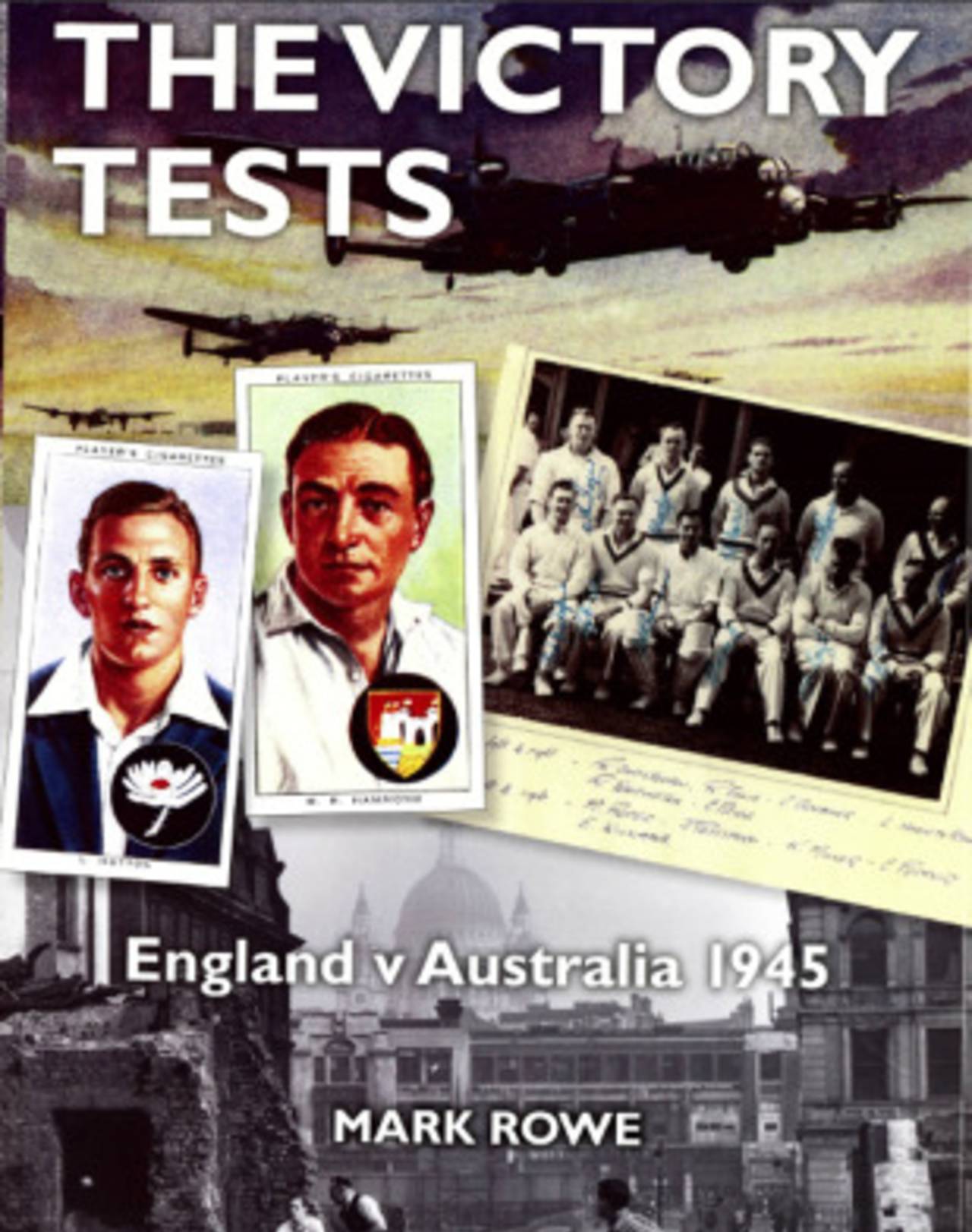One of the stories my father regularly told me when we watched cricket together when I was a child was of him, aged 18, spending much of the 1945 season watching and following the Victory Tests, a first-class series between Australian servicemen based in Europe and the best available England side. It remained, however, a neglected subject; I approached a book looking back at that summer with eagerness, and by and large was not disappointed.
The
five-match series started less than a fortnight after Germany surrendered in May 1945, and a public starved of genuine top-class sport flocked to grounds in unprecedented numbers. Three "Tests" took place at Lord's, not because of any southern bias but because of transport problems and also that few other major venues were usable, and even Old Trafford, the scene of the final match, was being repainted and renovated by prisoners of war on the eve of the game.
Responding to the sense of euphoria, both captains - Wally Hammond and Lindsay Hassett - eschewed the traditionally safety-first approach of pre-war cricket and the result was some cavalier and colourful cricket. Sadly, by the time the real business of the Ashes resumed 16 months later, attritional cricket had returned - a precursor to the dullness that was a hallmark of the game in the 1950s, even threatening its very future.
For the Australians, desperate to return to their families, it did not end when they left England, either, as the success of the series led to them being sent on a tour of India and then having to play all the states when they eventually got back home at the very end of the year.
While the series was drawn 2-2, it was clear the balance of power was back with Australia. England's lack of bowlers, which was instrumental in the crushing Ashes defeats in the first three post-war series, became evident from the first match, and it was also apparent that Hammond, England's colossus of the 1930s, was a spent force. For Australia, the find was Keith Miller, a relatively unknown batsman who discovered he could bowl fast and accurately.
How author Mark Rowe deals with the war records of Miller and Don Bradman is one of the slightly uneasy aspects of the book. I had bought into the legend - myth as it happens - that Miller had a heroic war as a fighter pilot, an impression he did nothing to dispel. In fact, Miller flew only two missions, in the last month of the conflict. A worthwhile correction of fact, but Rowe labours the point throughout.
Bradman's war record gets as even tougher treatment. That thorny subject has been discussed many times before but has generally, as Rowe rightly notes, been glossed over in biographies. Again, the reader is reminded of this more than is strictly necessary.
These are minor gripes about a worthy account of a unique summer, both in the sporting and social sense. The regret for Rowe, born more than 20 years after the war, is that he only developed an interest in the Victory Tests in the late 1990s, and so by the time he got round to writing the book most of those involved were dead or very old. Despite that, he has traced those remaining sources and relied on contemporary accounts and painstaking research.
The result is an entertaining glimpse into life in the aftermath of World War Two that will appeal to social historians as well as cricket lovers.
The Victory Tests
by Mark Rowe
SportsBooks Limited
280pp, £17.99

Martin Williamson is executive editor of Cricinfo and managing editor of ESPN Digital Media in Europe, the Middle East and Africa
